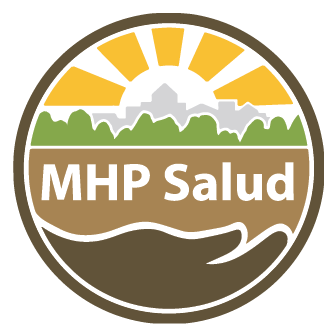Chronic Illness News and Updates
Diabetes Across the Lifespan – Healthy Eating Considerations for Latino Families
CHWs provide assistance to vulnerable populations that are at a higher risk for chronic illnesses such as diabetes due to their lack of access to healthcare and healthy food options.
Blog Topics
Migrant Seasonal Agricultural Workers and Latino Communities Managing Diabetes
Migrant Seasonal Agricultural Workers (MSAW) are part of the underserved groups considered essential during the ongoing pandemic. More than 80 percent of MSAWs in the U.S. are Hispanic/Latino. Hispanic/Latino adults have a rate of about 50 percent of developing Diabetes Type 2 due to genetics, food, culture, weight, and activity.
Impacts of COVID-19 on Children of Farmworkers
Migrant and Seasonal Agricultural Workers (MSAWs) are often exposed to hazardous working conditions, long hours, extreme heat, and the physical demands of the work which can be tiresome. As more than 80% of MSAWs in the U.S. are Latino/Hispanic, MSAW communities are also more likely to experience certain chronic conditions that disproportionately impact Latino/Hispanic populations, like type II diabetes.
Diabetes Across the Lifespan
Hispanic Americans include a diverse group of cultures, each with their traditions and dietary lifestyles, making them more prone to Diabetes. Diabetes is most prevalent among the Latino/Hispanic communities due to poor general health. Poor general health can be associated with the individual's cultural values, level of education, social support systems, and sedentary behaviors. “Over their lifetime, U.S. adults have a 40 percent chance of developing type 2 diabetes,” the Centers for Disease Control and Prevention (CDC) states. “But if you’re a Hispanic/Latino American adult, your chance is more than 50 percent, and you’re likely to develop it at a younger age.”





